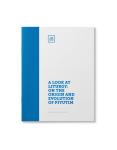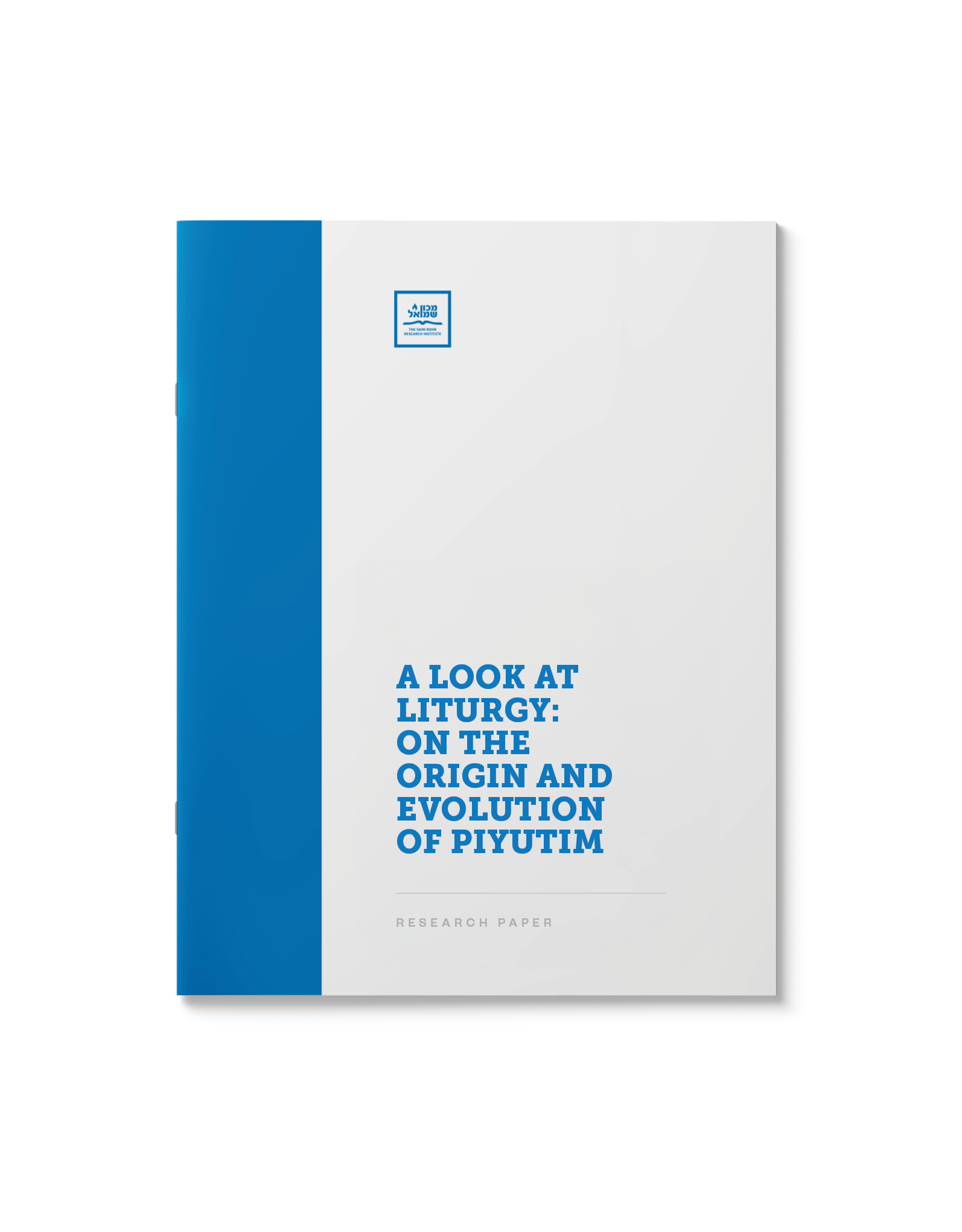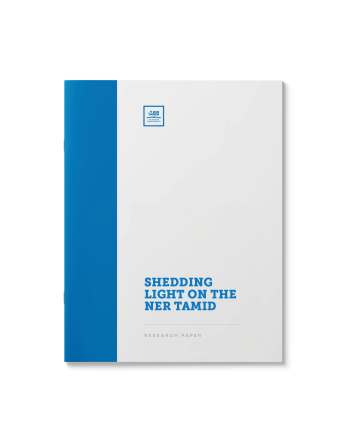A Look at Liturgy: On the Origin and Evolution of Piyutim
$39.00
Piyutim are liturgical poems that are chanted during prayer primarily on the High Holidays, with some dating back many generations. What is their status in Jewish law? Must they all be recited or can they be omitted? What do we know about their origin and evolution? How important is it to adhere to local custom?
| Language | English |
|---|---|
| Paper Type | Research Paper |
| Pages | 16 |
Related Products
The Shul generally davens Nusach Ashkenaz and their Chabad Rav has been serving as shliach tzibur for Ne’ilah for over thirty years. Instead of repeating the Yud Gimmel Midos seven times, he only recites them three times, and has done so for over three decades. Has the Rabbi deviated from a well-established norm dating back over a millennium, or is the congregation blissfully unaware of the genesis of this practice? This paper highlights all available original sources on the matter and allows the reader to draw his own conclusion.
Beseeching the Creator for His benevolence and salvation is a practice of universal import and value. But how did the uniquely Jewish form of prayer evolve? What was the process by which the first siddurim were designed?
Part II in a Series
שהחיינו וקיימנו לזמן הזה. בירור מקיף ויסודי אחר תקנת ברכת שהחיינו. מדוע נהוג לברכה על פרי חדש לעומת אירועים משמחים שאינו נהוג לברכה? מהם כללי היסוד הקובע את אמירתה? סקירה הלכתית ומגוונת מממקרים ושאלות רלוונטיות. ראה זה חדש.
Familiarize yourself with the background of the various components that comprise the davening. The repetition of the Amida, the appropriate direction for prayer, who is fit to lead the service, the procedures of Krias HaTorah and much more.
Part III in a Series
.
Table of Contents
This broad analysis of Birchas HaGomel takes a modern focus: Does a domestic flight over water trigger this blessing? An international one over land? What about a missed flight that crashes? A look at the basic laws and rational behind Gomel lays the foundation to determine when and why the blessing is required. (See also Thanking G-d for Goodness Part II)
The recitation of Kaddish is a central Jewish mourning rite. Mourners recite Kaddish for eleven months following the death of a loved one. What is the meaning of the prayer and the details of its observance? Why is it recited for specifically eleven months?
Prayer has always been a pillar of the Jewish tradition. It is often wondered: if Judaism most values action, what is the significance of uttering liturgy composed thousands of years ago, several times a day?
(includes 30 pages of supplementary material)
Part I in a Series
If Birkat Kohanim is one of Judaism’s most cherished blessings, why outside of Israel today is it so rarely recited? Why in Jerusalem is it sung daily, but only seldom in the Diaspora? Why do we seem to disregard how Shulchan Aruch regulates Birkat Kohanim?
Find out what is required of one who prays when it comes to focusing one’s mind on the Almighty. To what degree is kavanah really necessary? Are there any techniques that provide a shortcut to healthy kavanah?
Part IV in a Series
The greatest cantorial pieces call for the
repetition of certain words. When is this allowed? What is the issue? And what
role, if any, does the Chazzan play in Chabad philosophy?
Joining the congregation in their recital of kedusha is important on many levels. But what should one do if he is still reciting the silent Amida? Or just about to begin? When a worshiper’s private Amida collides with the recital of Kedusha by the congregation, what is the appropriate response?
The beautiful Veyiten Lecha prayer customarily recited after Havdallah assembles a wide array of Torah passages. What do they mean and why do we say it?















